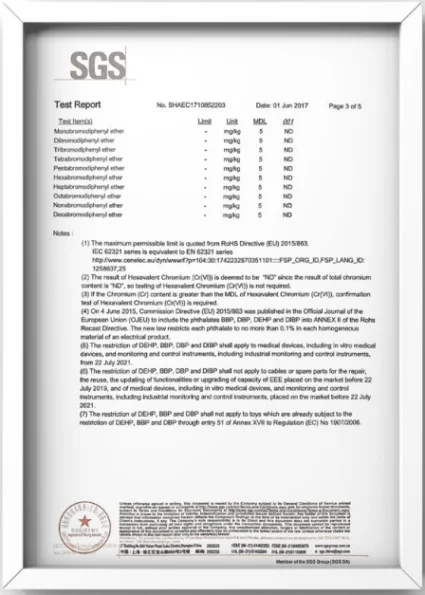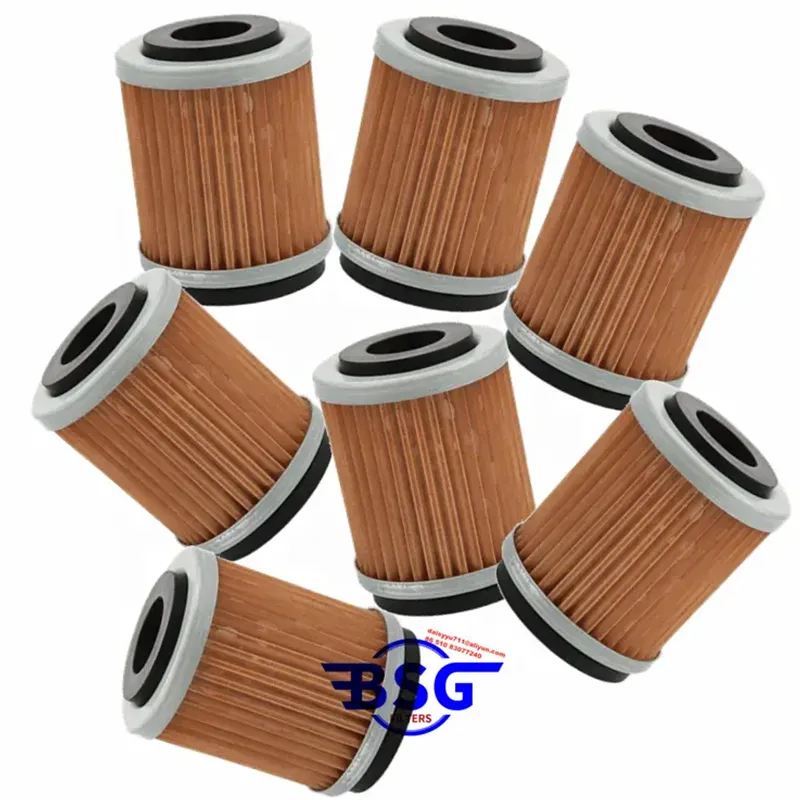Methyl Hydroxyethyl Cellulose (MHEC) is a cellulose ether widely used in various industries, including construction, pharmaceuticals, food, and personal care products. Its unique properties, such as water retention, thickening, and film-forming abilities, make it an essential ingredient in formulations where viscosity control and stability are crucial. Understanding the pricing trends of MHEC is vital for manufacturers, formulators, and buyers looking to optimize costs while ensuring product quality.
 Home
Home









